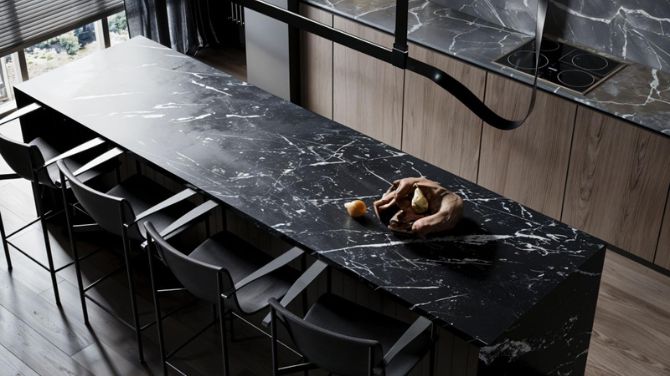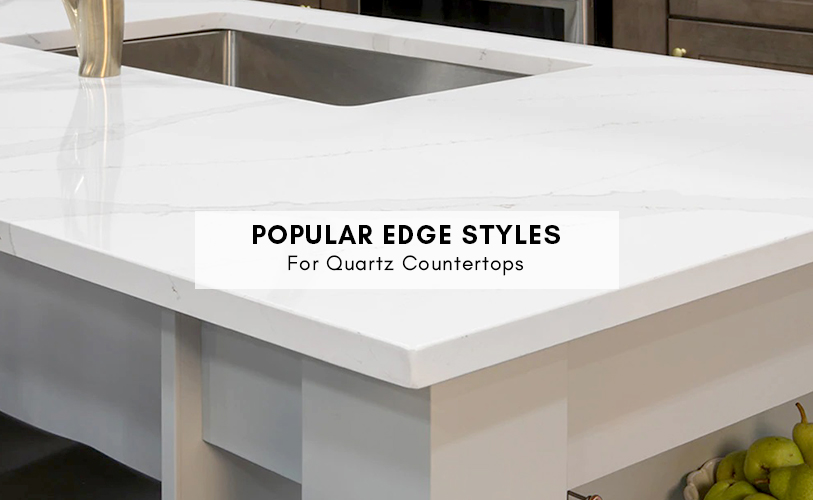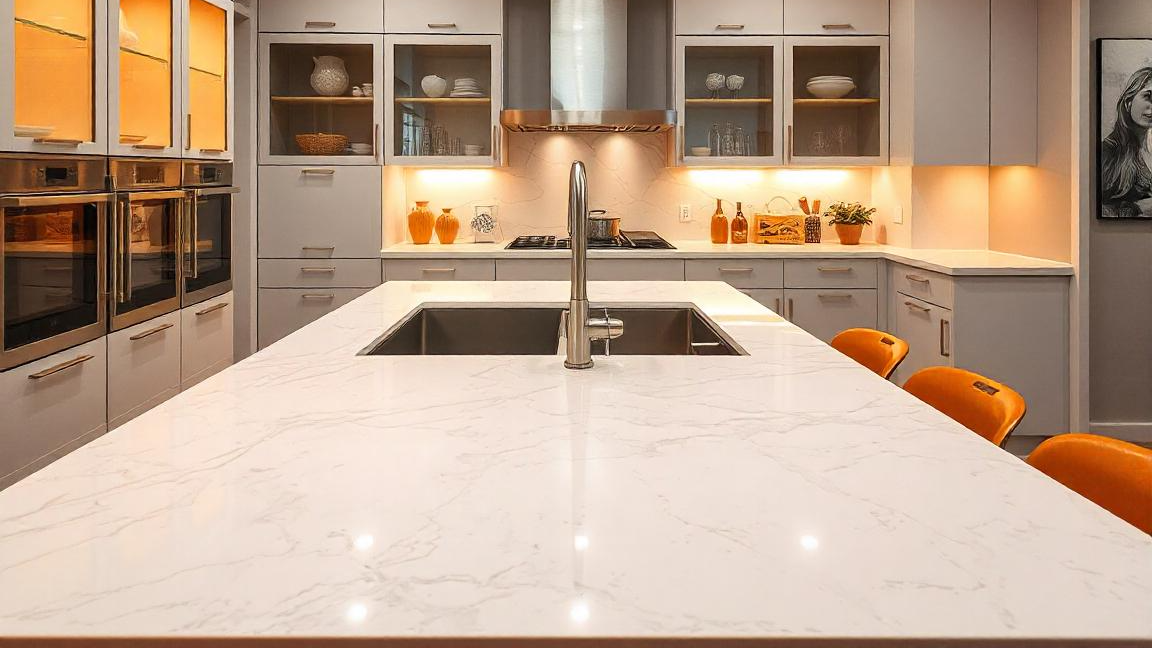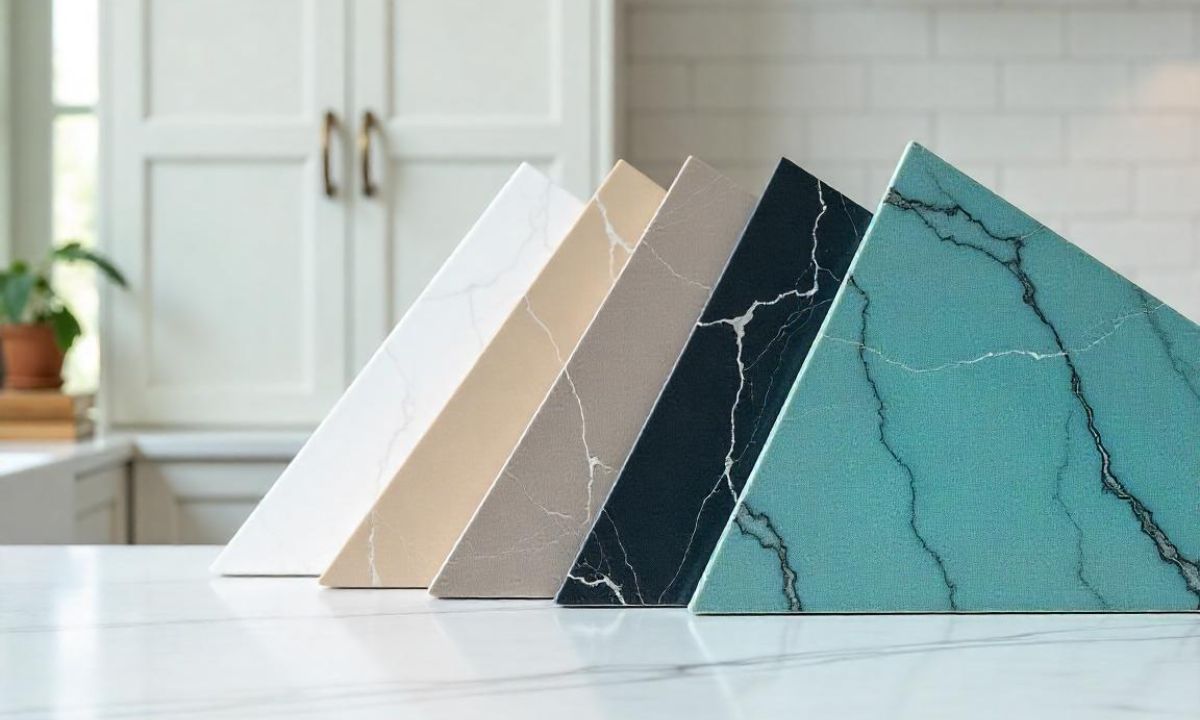Import Quartz Countertops from India: High Profit Margins for USA Dealers
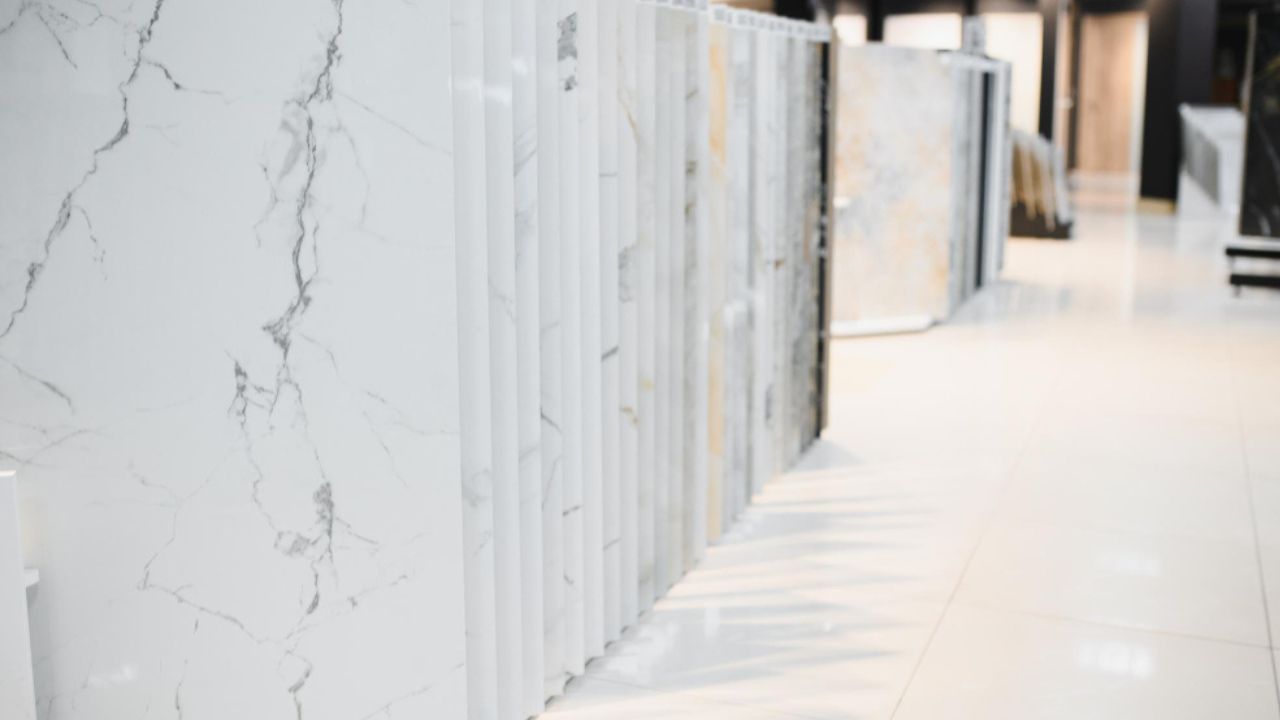
Walk into any modern kitchen showroom in the U.S. today, and chances are, quartz countertops are front and center. They are sleek, strong, low-maintenance, and come in a huge range of styles, especially the whites and neutrals that homeowners are crazy about right now. But while demand is going up, so is the pressure on dealers to keep prices reasonable and margins healthy.
That’s where India comes in. Over the past few years, India has quietly become a major global supplier of quartz slabs and not just affordable ones, but really good stuff. High-end look, solid build, consistent quality. All at a price that leaves room for dealers to breathe.
If you’re in the countertop game and haven’t looked into importing from India yet, you could be missing a serious opportunity. It is about cutting costs smartly and boosting profitability without sacrificing what your customers care about.
In this guide, we will discuss why this route is working for so many U.S. dealers and how it might just be the game-changer you’re looking for.
Why Quartz Countertops Are Famous
Before you even start thinking about where to buy quartz, it helps to understand one thing, why everyone wants it. And it’s not just homeowners. Designers, builders, contractors, everyone’s asking for it.
Across the U.S., quartz countertops have pretty much taken over kitchens and bathrooms. You’ll even find them in cafes and commercial setups. And it’s not by chance. There’s a reason people keep picking quartz over other stones.
For one, it’s built to last. It can take a beating: coffee spills, scratches from cookware, dropped groceries. And because it’s not porous like granite or marble, it doesn’t soak up water or wine or whatever gets left behind. That means no constant sealing or polishing. You install it, wipe it, and move on with your day. Most people like that.
Then there’s the look. Quartz can copy the appearance of natural stone really well. Calacatta, Carrara, all those classic marbles, there’s a quartz version out there that’s close enough that most folks couldn’t tell the difference. The big win? You get that high-end look, but without all the fussy maintenance.
And because quartz is engineered, it stays consistent. If you’re doing a kitchen remodel or supplying slabs for a 20-unit apartment job, that’s a big deal. You don’t have to worry about patterns changing slab to slab.
The demand for quartz is real, and it’s growing. But here’s the thing: For dealers, it’s not just about riding the trend. It’s about being smart with supply, offering quality material at a good price, with styles people actually want. That’s where sourcing from the right place makes all the difference.
Why India Is the Ideal Source

India has long been known for its stone exports: think granite, marble, sandstone. But what many people don’t realize is just how much the country has advanced in the engineered quartz segment. In the past decade, Indian manufacturers have seriously stepped up their game. Today, you’ll find factories that are producing quartz slabs not only for domestic use but for markets all over the world, including the U.S., Canada, Europe, and the Middle East.
We’re not talking about basic stones here. The quartz coming out of India these days is the real deal: solid builds, clean surfaces, and polished finishes that hold up well. The colors stay consistent, the slabs look sharp, and there’s no shortage of designs. Whether someone wants that clean white look or something bold with veining, suppliers in India usually have something close or better.
1. Affordable Production That Doesn’t Cut Corners
Quartz slabs from India usually cost a lot less to produce. Labor costs are lower, raw materials are available locally, and the overall setup is more efficient. That means a dealer can get top-grade quartz for 20, sometimes 30 or even 40 percent less than what they’d pay for similar stuff made in the States.
But cheaper doesn’t mean low quality. That’s the important bit. These aren’t corners being cut. It’s just a smarter supply chain. You’re still getting durability, good finish, and a final product that stands up to what U.S. customers expect, just without the inflated overhead.
In short, you’re paying less for the same (or better) slab, and your margins stay healthy. That’s why more importers are looking toward India, it just makes business sense.
2. Up-to-Date Manufacturing Tech
The best Indian quartz suppliers aren’t working with outdated tools. Many use advanced machines, including Bretonstone and other automated systems, to deliver sharp cuts, smooth edges, and surfaces that match international benchmarks. This tech investment shows up in the final product: clean lines, minimal defects, and uniform designs.
3. Designs That Work for the U.S. Market
One big reason people look to India for quartz is the designs. Indian suppliers aren’t just making whatever they want and hoping it sells, they actually pay attention to what’s moving in the U.S. market. If white quartz is trending, they’ve got options. If customers are asking for marble-like veining, they’ve probably already developed something close. Matte finishes, glossy looks, bold veins, soft neutrals.
Some dealers want slabs that look high-end but still fit standard budgets. Others are going for premium lines and need something that stands out. The better Indian manufacturers understand this. They keep tabs on what American designers are putting into kitchens and bathrooms, what colors are getting picked for new builds, and what homeowners keep requesting when they remodel.
And the good part is that they’re flexible. If you want something specific, say, a custom tone, or a different thickness, they’re usually able to make it work. You don’t have to settle for close-enough. You can actually get what fits your market.
4. Global Shipping
Shipping stone across the world sounds like a big deal, but for most Indian suppliers, it’s just part of the job. Many of them have been exporting to the U.S. for years, so they know the drill, how to pack slabs so they don’t crack in transit, how to schedule containers, what customs paperwork needs to be ready, all of it.
At Imperial Vanities, we have got logistics partners in place, and our shipping timelines are usually dependable. If you’ve ever dealt with delays or sloppy packing before, you’ll notice the difference pretty quickly when working with someone who actually knows what they’re doing.
And when you’re placing big orders, that kind of reliability is necessary.
5. Room to Grow with You
If you are just starting out or scaling up, Indian quartz manufacturers can handle it. Need a few pallets or a full container every month, Indian suppliers have got the setup for that too. Their ability to scale up or down is a big plus for growing businesses.
Profit Margins: What the Numbers Really Show
Let’s be honest: when it comes to running a countertop business, margins matter just as much as the product itself. You could be selling the best-looking slabs on the market, but if your cost of sourcing eats into your profits, you’ll feel the pinch pretty fast.
Now, take a typical scenario. If you are buying quartz slabs from a domestic supplier, you are probably paying around $70 per square foot. By the time you add shipping to your warehouse, inventory costs, and a fair markup, you might end up making a 15% to 20% margin.
Now let’s say you decide to import that same quartz slab from a well-established supplier in India. Your landed cost, even after accounting for freight, customs, and a few extra handling steps, could come in between $45 and $50 per square foot. That’s a big difference.
The quality is often just as good, sometimes better. We’re not talking about factory seconds or leftover batches. These are slabs designed for the U.S. market, with clean finishes, polished surfaces, and designs that homeowners ask for.
On top of that, many Indian suppliers offer FOB pricing and container consolidation options. That means your freight charges per unit drop as your volume goes up. If you’re buying in bulk, those savings add up faster than you’d think.
A lot of U.S. dealers have already figured this out. Quietly, they have built better pricing structures and improved their margins by working directly with Indian suppliers. They are just being smart about where their product comes from. And in today’s market, that kind of strategy can make a real difference to your bottom line.
What Makes a Good Indian Quartz Supplier?
Not every quartz supplier from India is the same. Some offer cheap, generic slabs with no real focus on consistency or finish. Others go for delivering high-end designs with strict quality control and a clear understanding of what international buyers actually want.
So, if you are planning to import quartz for your business, how do you know whom to trust?
Here’s what to know before selecting a supplier:
1. Certifications and Global Standards
The serious players in the Indian quartz market will have international certifications to back up their processes. ISO standards for manufacturing, NSF approval for surfaces safe around food, CE marking for exports to Europe. They tell you the factory has systems in place to produce safe, reliable, and well-tested products.
2. Consistent Production Capacity
Ask how many containers they ship every month. If it’s a one-off order here and there, that might be a red flag. A supplier worth your time should have the scale to deliver regularly, especially if you’re planning to grow. Look for factories with multiple production lines, organized inventory, and a reliable shipping history.
3. Flexibility and Custom Orders
Whether your customers want standard 2cm/3cm thicknesses, clean edge finishes, or a specific surface style, a good supplier should be able to handle it. Imperial Vanities, for instance, offers a wide range of finishes including honed, glossy, and matte, across collections like:
- Carrara White – a clean, bright slab that works beautifully in both kitchens and restrooms.
- Calacatta Verona – perfect for clients who want that elegant marble look without the high maintenance.
- Monte Bianco – dramatic veining that designers love for statement islands and waterfall countertops.
4. Support After the Sale
A shipment is only the beginning. Top-tier suppliers don’t disappear after the slabs leave the port. They help with product samples, updated catalogs, and marketing material for your showroom. And if something goes wrong in transit, they’re responsive. Claim support matters more than most people think, especially when you’re handling full containers.
5. Experience with U.S. Buyers
There’s a learning curve when it comes to exporting quartz slabs to the U.S.: tariffs, documentation, labeling, and even loading preferences. Suppliers who’ve already shipped to American dealers tend to have smoother processes, fewer mistakes, and faster turnaround. Imperial Vanities, for example, has years of experience working with U.S. importers and understands exactly what the market expects.
White Quartz in Bulk: A Bestseller
Ask any designer in Miami, Houston, or Los Angeles, white quartz countertops are top sellers. They mimic marble, pair with any cabinet color, and are perfect for minimalistic, modern homes.
India specializes in producing stunning variations of white quartz: from pure Frost white slabs to marbled Calacatta-style veined options. These are available in bulk, packed securely in containers ready for international shipment.
Buying in bulk doesn’t just improve price per square foot, it also reduces per-slab freight charges and allows for better inventory planning.
Why Choose Imperial Vanities?
When it comes to importing quartz countertops from India, working with a reputable partner makes all the difference. At Imperial Vanities, years of industry experience, cutting-edge manufacturing setups, and a customer-first approach help U.S. dealers scale operations without friction.
What Imperial Vanities Offers:
- Wide Range of Designs: From snowy white slabs to bold veined patterns, our catalog includes trending and timeless colors.
- Bulk Orders: Whether you need a full container or mixed loads, we manage orders efficiently and securely.
- Consistent Quality: Rigorous inspection processes ensure slab uniformity and batch-to-batch consistency.
- Seamless Exports: With active shipments across North America, our logistics team handles customs and documentation smoothly.
- Dealer Support: We provide brochures, digital content, and technical details to help your sales process.
Tips for First-Time Importers
If you’re new to importing, here are a few basic things to keep in mind:
- Understand INCOTERMS: Know the difference between FOB, CIF, and DDP. This impacts your cost and responsibility.
- Work with a Freight Forwarder: Partner with someone who understands quartz shipments and port procedures.
- Plan Inventory Ahead: Factor in shipping time (usually 4–6 weeks). Stock planning is key to avoiding backorders.
- Insure Your Shipments: Always insure against breakage or damage in transit. It’s a small cost for peace of mind.
- Request Samples First: Before placing a bulk order, request physical samples to verify quality and finish.
Final Thoughts
Quartz countertops are important in both residential and commercial projects. For dealers in the United States, meeting this demand affordably and reliably is key to staying ahead.
Importing quartz countertops from India offers a real advantage. Lower costs, high quality, design flexibility, and support from experienced exporters – it’s a formula that works.
But as with all things in business, who you partner with matters. Working with a high quality quartz supplier from India like Imperial Vanities sets the foundation for long-term success.
If you are looking to expand your product range, improve margins, or scale up your distribution, this is one move that pays off.
Contact us to discuss your import needs. With a global reputation and a local approach, we make high-margin success simple.


